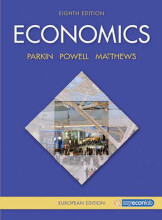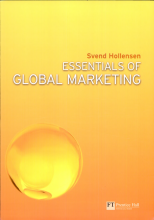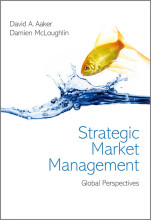Summary: Economics | 9780273735755 | Michael Parkin, et al
- This + 400k other summaries
- A unique study and practice tool
- Never study anything twice again
- Get the grades you hope for
- 100% sure, 100% understanding
Read the summary and the most important questions on Economics | 9780273735755 | by Michael Parkin, Melanie Powell, Kent Matthews.
-
20 Measuring GDP and Economic Growth
This is a preview. There are 7 more flashcards available for chapter 20
Show more cards here -
What is the difference between Final goods and intermediate goods
Final good is an item that is bought by its final user in a specified time period.
Intermediate good is an item that is produced by one firm, bought by another and used as a part of a final good.
-
When to count GDP?
if the goods and services are produced in the county where you want to count GDP.
-
GDP in a given time period
quarter of a year = quarterly GDP data
year = annual GDP data
-
Equality between Value of total production and total income
if standard of living rises when our incomes rise and we can afford to buy more goods or services..
also need to produce more goods and services if we are able to buy more.
-
20.2.1 Households and Firms
-
What is consumption expenditure
Total payment of goods and services by households
For example, beer, pizza, dry cleaning
-
What is investment by a firm
The purchase of a new plant, equipment, buildings and additional stock
-
20.2.4 GDP Equals Expenditure Equals Income
-
In which 2 ways can GDP be measured?
1. The expenditure approach
2. The income approach
-
20.3 Why is domestic product 'Gross'?
This is a preview. There are 3 more flashcards available for chapter 20.3
Show more cards here -
What does 'gross' in GDP means?
Gross means before deducting the depreciation of capital
-
What is gross investment?
The total amount spent of purchases of new capital and replacing depreciated capital
-
20.5 The expenditure approach
-
How does the expenditure approach measures GDP?
It measures it as the sum of consumption expenditure (C), investment (I), government expenditure (G) and net export of goods and services (X-M) corresponding to the red flows of the circular flow model.
- Higher grades + faster learning
- Never study anything twice
- 100% sure, 100% understanding

































